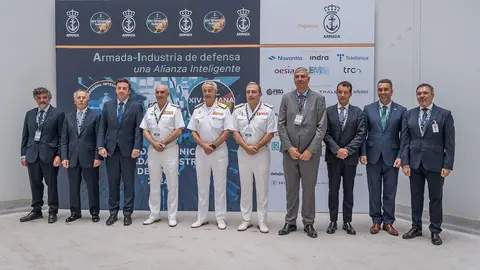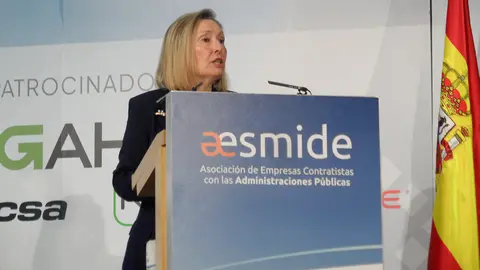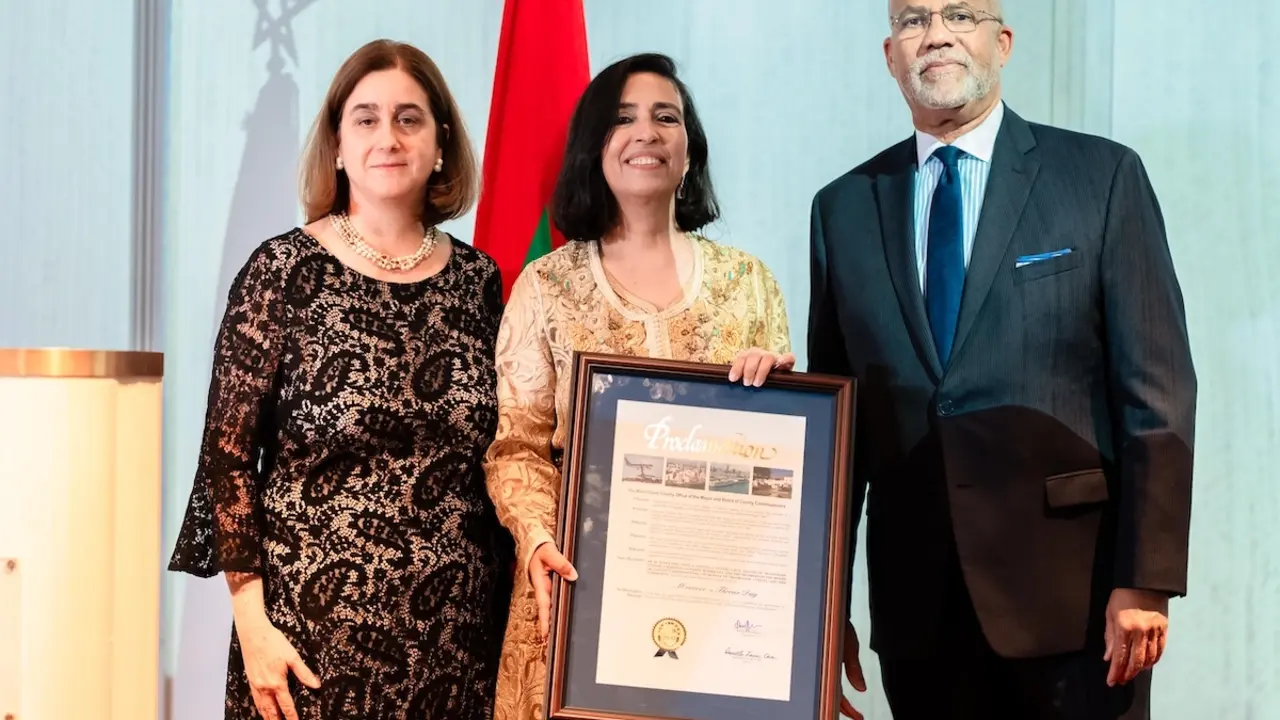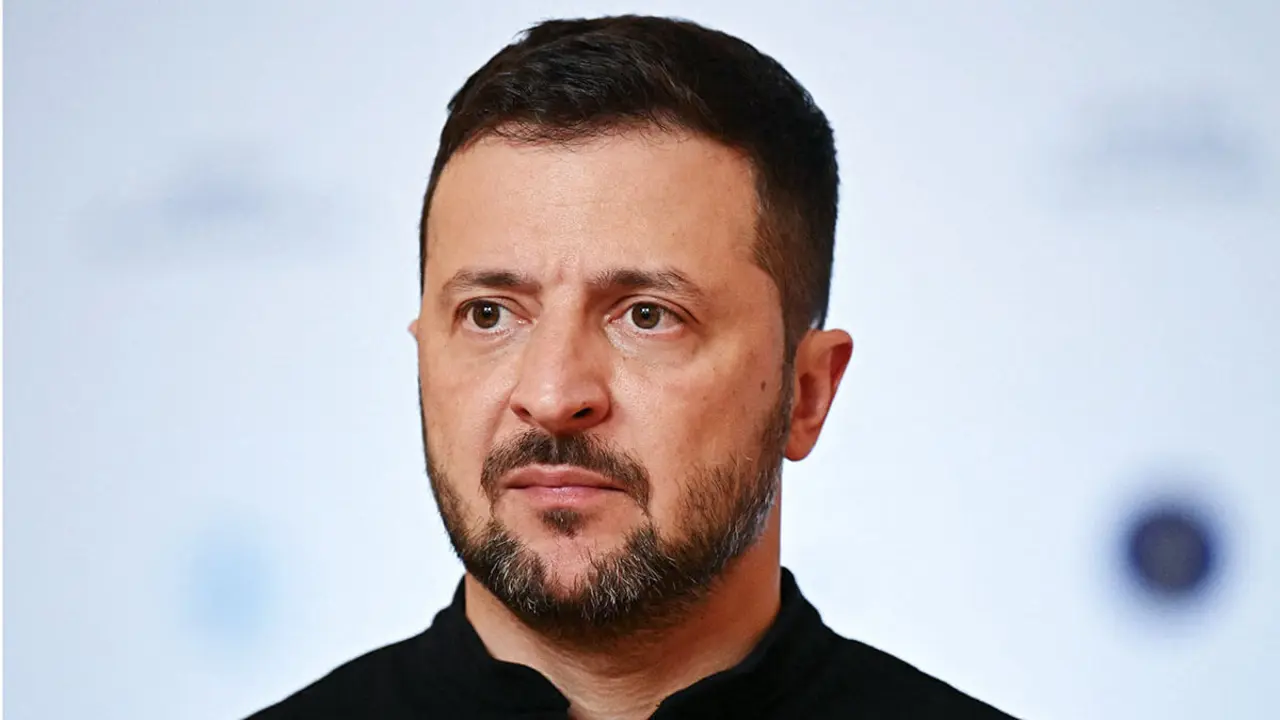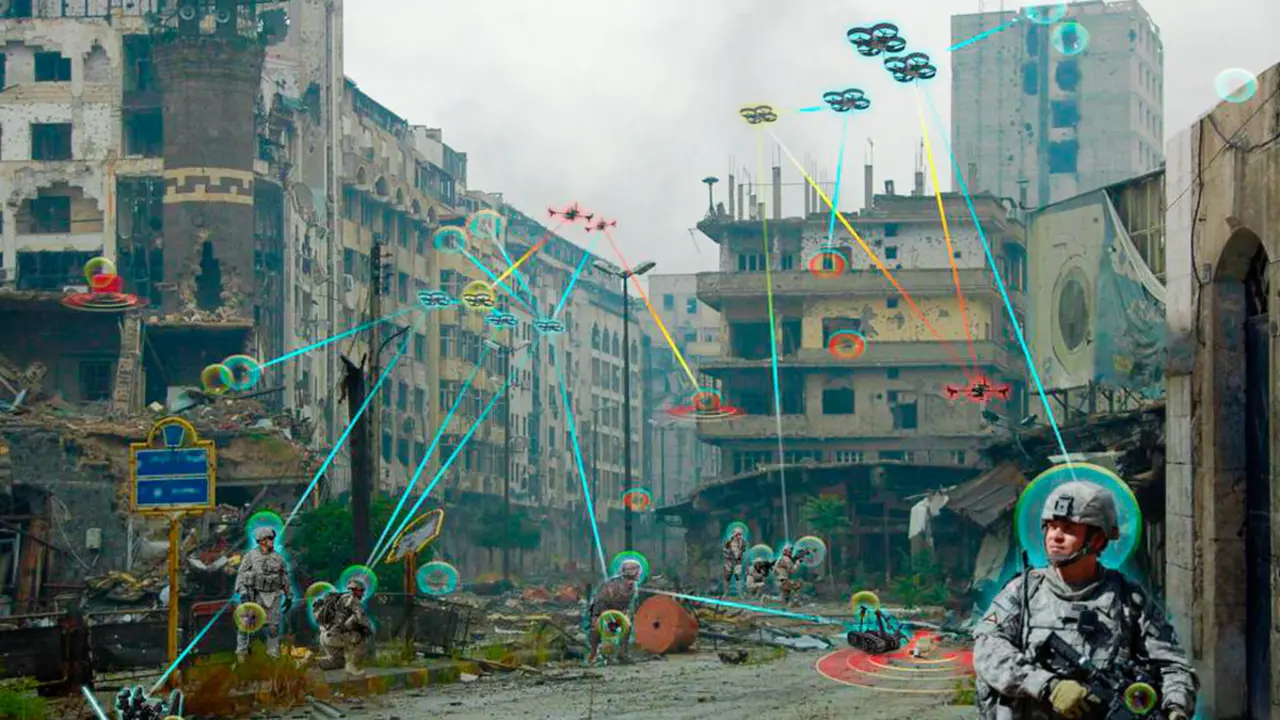The Spanish Navy finalises its Vision 2050 and details its plans up to 2030
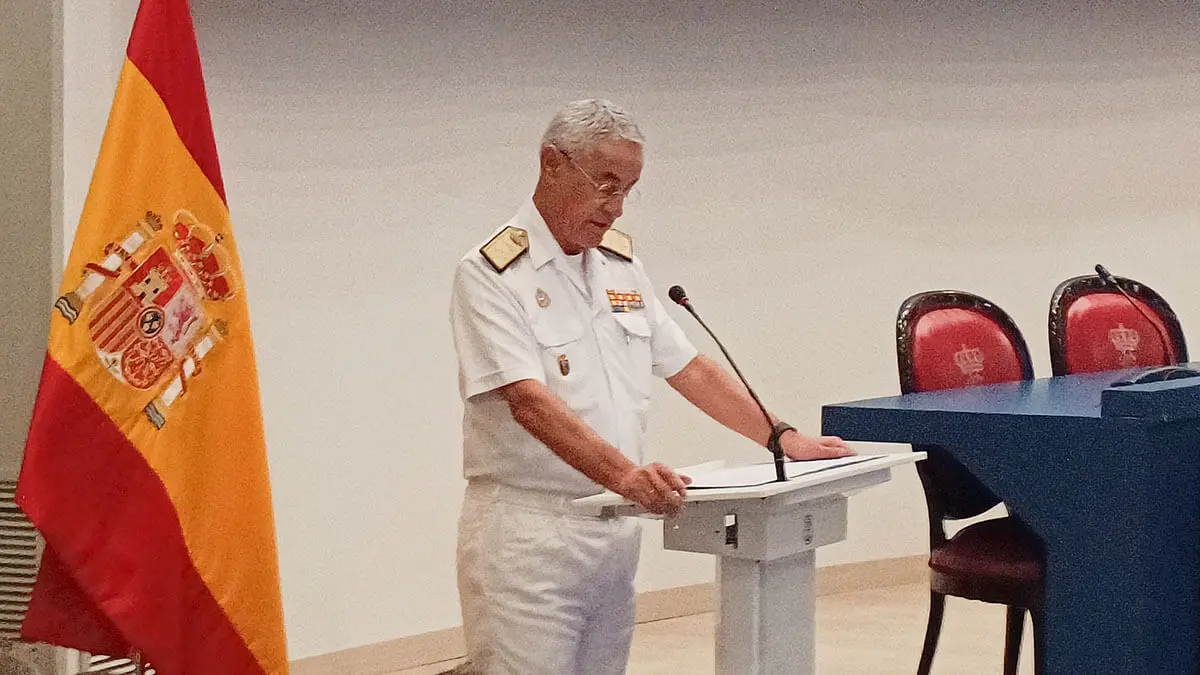
The Chief of Staff of the Spanish Navy, Admiral Antonio Piñeiro, has revealed that ‘Vision 2050’, the new prospective document that sets out the long-term expectations of the transformation to which the national Navy aspires by the middle of the 21st century ‘is in its final stages of revision’ and that ‘its official presentation is expected in approximately one month's time’.
The head of the Navy since April 2023 made this public at the inauguration of the Navy-Industry Technical Conferences held on 25 and 26 September in Madrid, as part of the 14th Naval Week. The AJEMA took the opportunity to state that the speed of technological advances and the pace of transformation ‘allow us to imagine a Navy of the future that is stronger, more agile and better prepared’ to fulfil its main objective, which is ‘always, when the time comes, to be decisive in combat’.
The meeting was attended by the senior commanders of the Naval Headquarters related to logistics and engineering, as well as the main managers and executives of the naval defence industry. The company provided an overview of the technological innovation challenges facing the Navy. They focused on photonics, which improves communication, sensing and surveillance capabilities; information highways, which offer high data rates and ultra-low latencies; and cloud computing, which enables fast and secure access to large volumes of data.
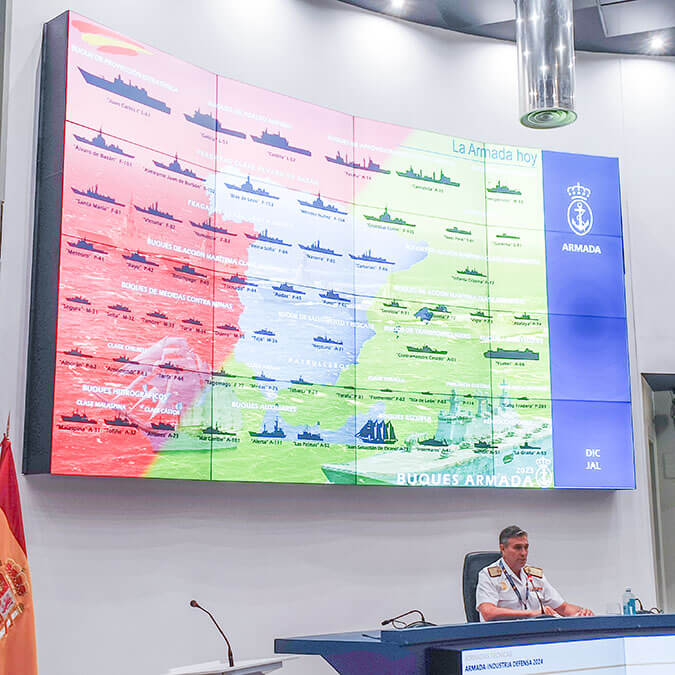
They also emphasised the exploitation of cyberspace linked to emerging technologies and protocols to mitigate risks; the automation of on-board and shore-based systems and equipment; quantum computing; the challenges presented by the implementation of the so-called digital twin, ‘whose development must be progressive and incremental’, according to the Navy, as well as the future of advanced robotics, autonomous vehicles and directed-energy weapons applications.
The Admiral Chief of Staff of the Navy - known in the military by its acronym, AJEMA - made special reference to the use of generative Artificial Intelligence, of which he assured that ‘we need it to expand our combat capabilities, make faster and more accurate decisions, facilitate predictive analysis and increase the useful life of our ships and units, while reducing the costs of operations’.
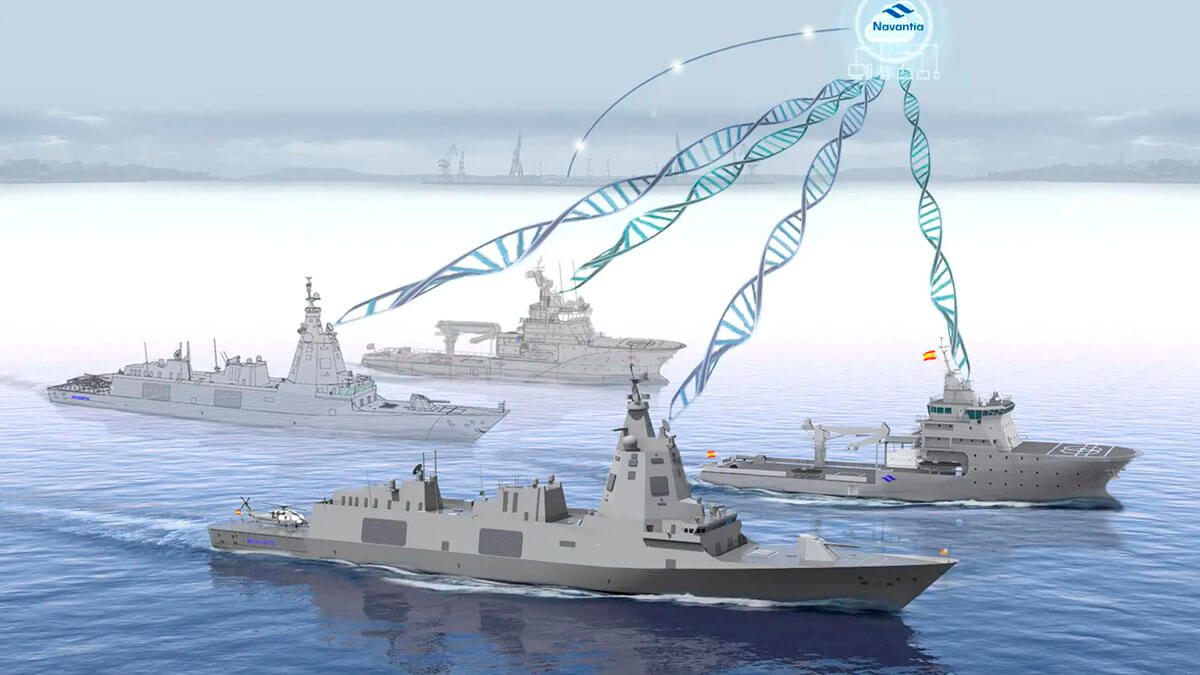
Eleven new ships over the next eight years
The Navy's Deputy Director of Engineering, Rear Admiral Francisco Antón Brague, reviewed the technologies ‘that we are obliged to know about, because they bring changes to our military capabilities’, while offering an overview of ‘how the Navy is today and how it intends to evolve in the short term’.
In charge of the technological aspects of naval logistics since November 2023, Rear Admiral Antón summarised that the Navy ‘is fairly balanced, but ageing’. He acknowledged that ‘the average age of the Force's units is 31 years’ and explained that ‘in the last ten years, in the period between the reception in 2012 of the F-105 frigate Cristóbal Colón -the last of the Álvaro de Bazán class-, and the year 2023, when the S-81 Isaac Peral submarine was received ... ‘the Navy only received three new units’.
They were the Fishing Cooperation Training Ship A-41 Intermares (July 2018) and two Meteoro-class Maritime Action Ships (BAM): the P-45 Audaz, also in July 2018, and the P-46 Furor, received in January 2019. In the last 12 months, two other ships have been added to the Navy's Official List of Ships, both transport or auxiliary ships: the Army logistic ship A-05 Camino Español and the multipurpose ship A-61 Carnota.

In addition to the above, the Council of Ministers gave its approval on 10 September, authorising the start of the procurement process for a second Carnota and the contracting in December 2023 of two coastal hydrographic vessels, which are planned for 2027 and 2028. All this is important, but it means that in 12 years no new frigates have been modernised and no new frigates have entered service, the ships that form the backbone of the fleet.
So what are the prospects for the rest of the decade? Regarding the S-80 submarine programme, Rear Admiral Antón did not detail the extent of the delays that are being considered. He limited himself to stating that, ‘according to the current schedule, we expect new deliveries in 2025, 2026 and 2028’ and that the underwater intervention vessel ‘is expected in 2026’. Regarding the new F-110 frigates, he confirmed that they are planned ‘from 2028, at a rate of approximately one every 11 months’, which allows him to affirm that ‘in a period of eight years, the Navy will have 11 new units’.
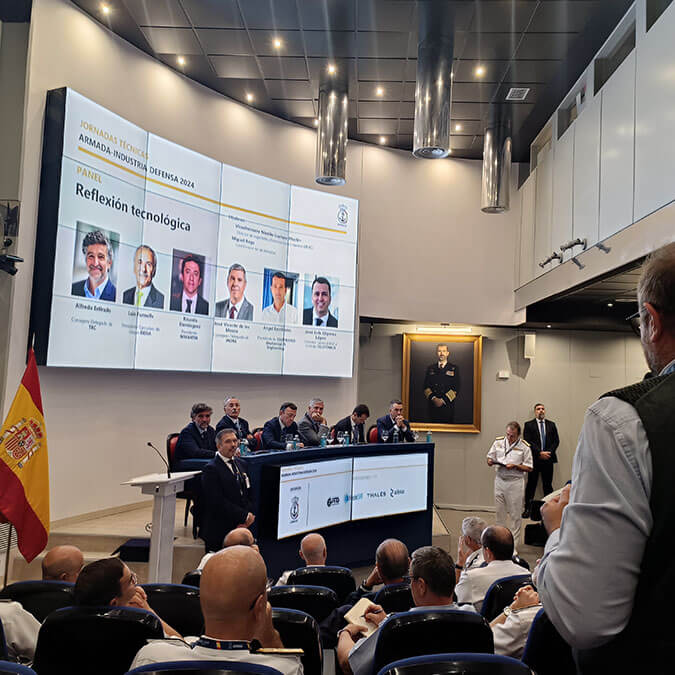
Commitment, competitiveness and technological expertise
In addition to the above, there are important programmes in different stages of activation: the urgent mid-life modernisation of the five F-100 frigates, which have accumulated between 12 and 24 years of service; the five Segura-class minehunters, aged between 20 and 27 years; and the amphibious assault ships L-51 Galicia and L-52 Castilla, both more than 24 years old.
Also on the horizon is the programme for the new Maritime Protection Ships, which is the national name for the future European corvette, which should take over from four Serviola class ships, each of which has been in service for more than 32 years, by 2030. And a new combat supply ship must be commissioned as soon as possible to replace the Patiño A-14, which has been operational for nearly 30 years. The list continues with the need for new patrol boats, a support vessel for divers, and so on.
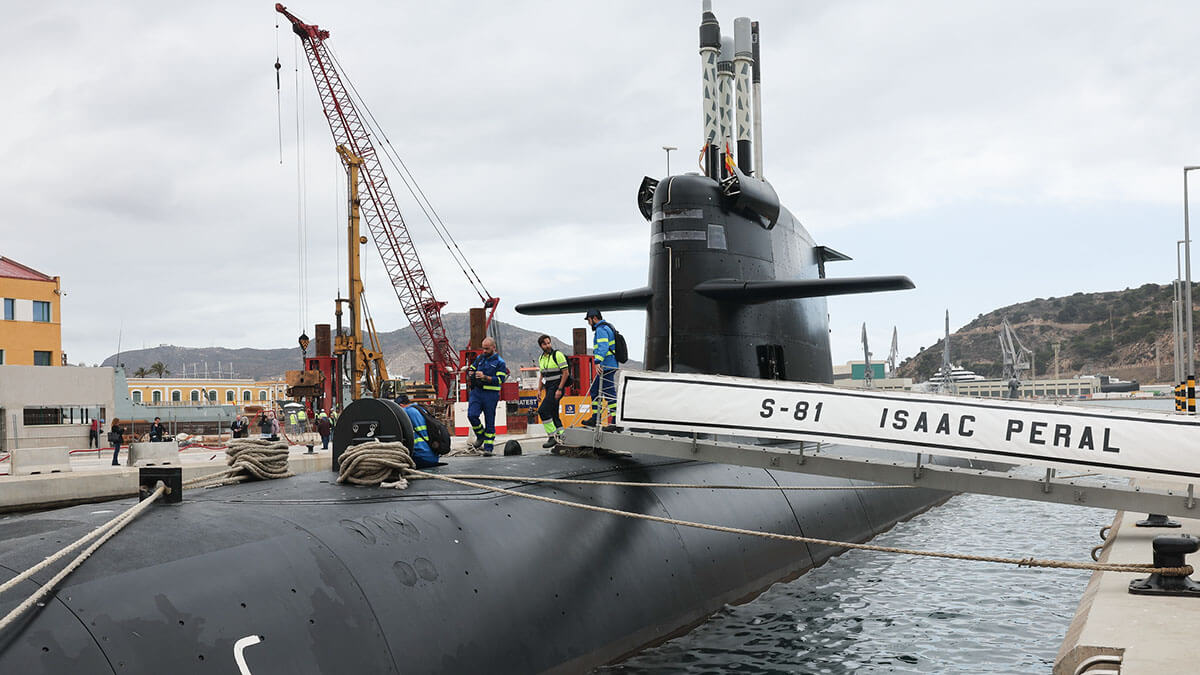
In terms of threats, the navy is faced with the dilemma of how to combat unmanned aerial and naval vehicles, ‘as they are not always going to be on our side,’ says Rear Admiral Antón. An emerging technology is directed energy weapons, so work is being done on a Laser Weapon Instrumental Demonstrator (DIAL) of up to 75 kilowatts, and on the high-power pulsed laser guidance system for the military, the latter as part of the SIGILAR project.
Under the umbrella of the future F-110 frigates, a considerable number of advanced technological programmes are accumulated. This is the case of the 360º surveillance system called i110, which provides automatic search, tracking and target detection capabilities and which in its R&D&I stage is being carried out by the Oesia group and Indra.
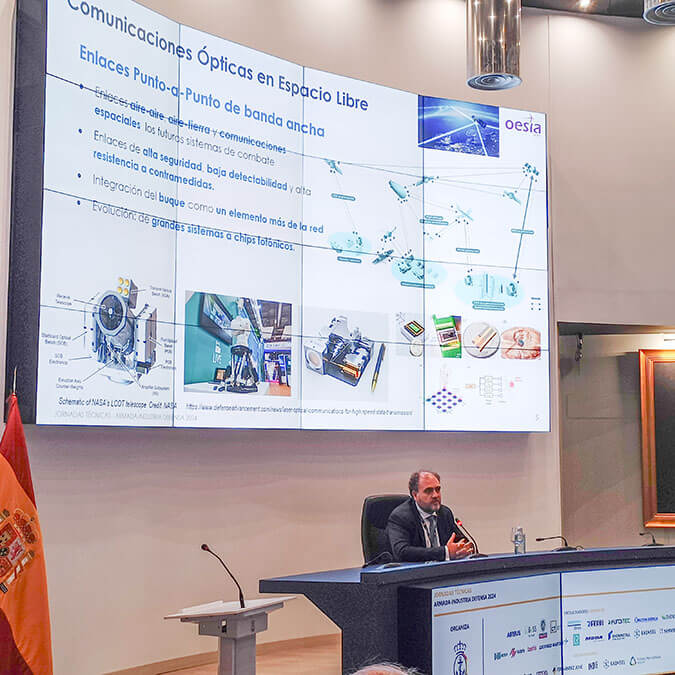
Another of the many is the integrated monitoring and control services system for asset management, real-time security and decision-making, a development in the hands of Navantia and the University of Vigo. There is a ‘mock-up’, a prototype ‘whose capabilities have left me pleasantly impressed’, emphasises the Navy's head of engineering.
Rear Admiral Antón pointed out that a ‘solid, competitive and technologically experienced’ national defence industry is key to fulfilling the Navy's missions and operations. And the AJEMA stressed that Vision 250 ‘is unattainable’ without the support of an industrial fabric that is ‘committed, technologically advanced, solvent and with sufficient strategic autonomy to meet the demanding needs of a naval force deployed in any type of regional or global scenario’.


